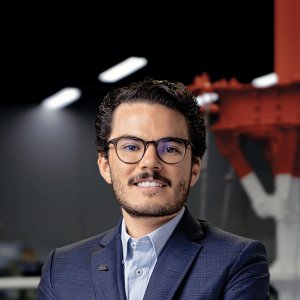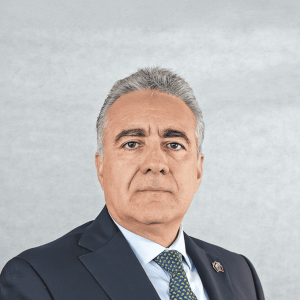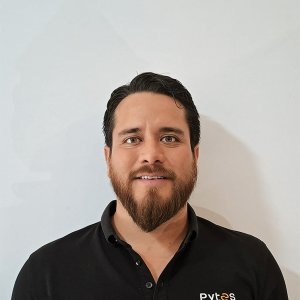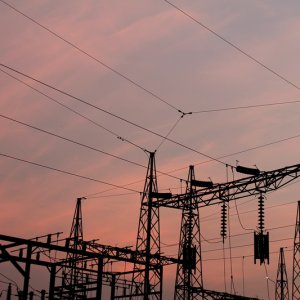O&M, DG Complement Renowned Renewable Development

STORY INLINE POST
Q: How did EDF Renewables establish itself in the Mexican market?
A: The company started out with six non-renewable combined cycle projects before 2000. These projects are now in the hands of a Japanese energy company. Soon after, the company began to take note of the potential of the renewable energy market in Mexico. The company purchased a small Mexican project developer and continued to work with its partners. After 2004, the company began operating under the name EDF Renewables in Mexico, although every project exists under its own name, as is the case with our first project, Electrica del Valle de México (EVM), which began construction in 2007. In 2010 and 2011, EDF built two other major wind farms together with Siemens in Oaxaca totaling 400 MW. In 2014, I joined the company and we began developing the 300 MW Oaxaca wind farm at the Isthmus of Tehuantepec.
In an agreement with the previous administration, we migrated these projects to the new Electric Industry Law (LIE) from the previous self-supply scheme. In 2016 EDF Renewables México competed and won in the second long-term auction for energy and clean energy certificates supply and purchase contracts with the Federal Electricity Commission (CFE) with a 120 MWp solar project called Bluemex and a 252 MW Gunaa Sicarú wind project (Project) is located in the Isthmus of Tehuantepec region in Oaxaca, before the pandemic, Federal Government’s Ministry of Energy (SENER) reinitiated the public consultation process in two Oaxacan municipalities. Before launching the second phase, the pandemic forced a halt to this process and it has not yet restarted. We hope to see the process restart in June 2021. In any case, EDF Renewables remains committed to the Mexican market.
Q: What other projects are featured in the company’s development pipeline?
A: We have close to 3,000 MW of projects, but in light of the regulatory situation in Mexico’s energy sector, our development has gone into slow motion. We are doing the minimum amount of work necessary to ensure that we do not lose the progress that we have already achieved. For example, we have solar projects with some progress in Coahuila, Yucatan and the center of the country totaling 1,000 MW. We have established agreements with landowners and developers, among other steps. However, doing more work than the minimum efforts we have accomplished is not viable. First, we need to see how the rules in the energy sector pan out. For example, our power generation is being curtailed and the government is attempting to change the LIE, or even the constitution if this fails. More than anything, this introduces uncertainty in regard to what might come. Nevertheless, our investors are not leaving the Mexican market or reducing operations.
Q: What is different about the company’s approach to power purchase agreements (PPAs) compared to its competitors?
A: There are two key points that distinguish our approach in this regard. First of all, EDF’s name is an international reference point when it comes to power generation in general, outside of the renewables area. This fosters confidence among investors and industrial players. Second, the company is one of the frontrunners in renewable development, both worldwide and in Mexico. Furthermore, for more than 20 years, EDF has operated successfully in socially difficult areas, such as Oaxaca. These factors, along with the certainty that a company of this stature provides, means that we still work with some of the world’s largest companies in the area of PPAs.
Q: How can EDF help boost the national network’s stability?
A: EDF owns the national grid in France together with the country’s equivalent of CENACE, which is RTE. Three years ago, our French grid-specialized arm signed a collaboration with CENACE because we have ample experience in this area. We can be a reference for them, but also help out when it comes to joint investments with grid owner CFE, such as with the transmission line project in Oaxaca that was planned at one point. Our team was ready to participate in the tender. Unfortunately, the tender was canceled. Still, EDF has the expertise, technical skill and resources to help out on such projects. We can adapt to any rules or conditions from the government or CFE.
Another area where EDF has experience is hydroelectricity, which is rapidly gaining in relevance due to CFE’s plans to overhaul its old installations. We can also support efforts surrounding nuclear energy, although I think those plans are a bit further down the horizon. Whatever knowledge EDF has can be transferred to Mexico.
Q: How is EDF addressing and improving its own sustainability?
A: Renewable energies, in this case solar and wind, are often related to the concept of intermittency. We are working to address this issue through the use of technology, such as green hydrogen and storage, as well as combining this with green energy. Hydrogen needs to be created with an electrolyzer, which can be powered by renewable energy, for instance. Other than that, EDF has a plan to decrease our emissions by switching all our employee vehicles to electric by 2030, among other goals.
Q: What are EDF’s objectives in the Mexican market for 2021?
A: 2021 is quite complicated. We hope that clarity emerges in the Mexican market, although this does not depend on us. Nevertheless, we are expanding our operations and maintenance (O&M) for third-party power producers. We have already had a great deal of success and we want to increase overall MWs in our portfolio. Furthermore, we want to position ourselves within the distributed generation niche, especially in metered energy and solutions for the residential and C&I segments. Mexico’s arm of EDF depends on the North American division, which has purchased four companies to prepare itself for its entry into the distributed generation area. For now, we are still getting to know the market and analyzing what we can offer there. As to our wind project in Oaxaca, our minimum goal is to begin construction this year. Our objectives are not very complex at the moment because of the current situation in the Mexican energy sector. If more clarity in the market begins to materialize, we will become more active in terms of project development.
EDF Renewables is a market leading independent power producer and service provider with over 30 years of expertise in renewable energy. It works across the value chain, in grid scale power, distributed solutions and asset optimization.



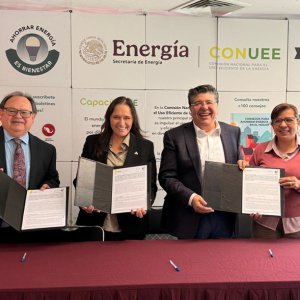
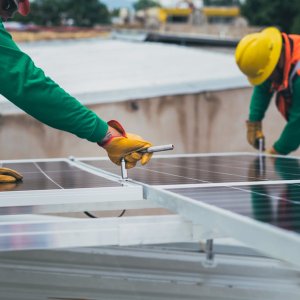
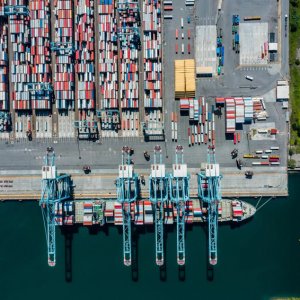

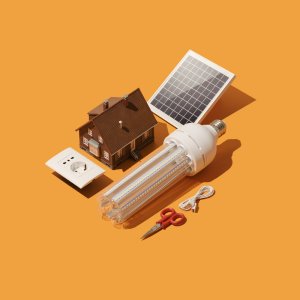
 By Cas Biekmann | Journalist and Industry Analyst -
Mon, 06/21/2021 - 11:05
By Cas Biekmann | Journalist and Industry Analyst -
Mon, 06/21/2021 - 11:05

